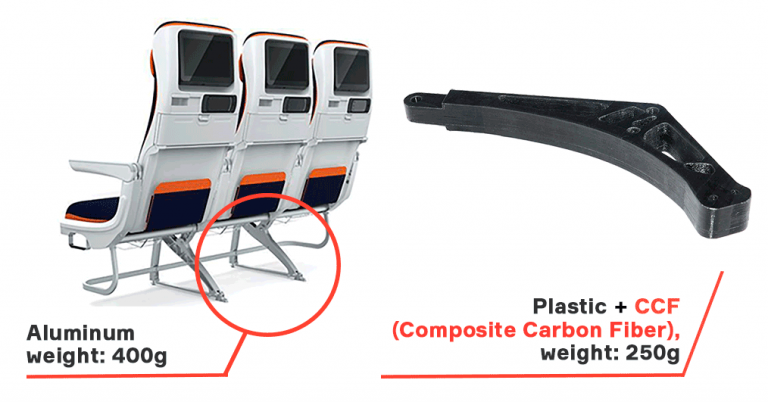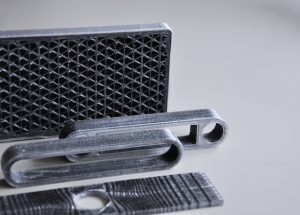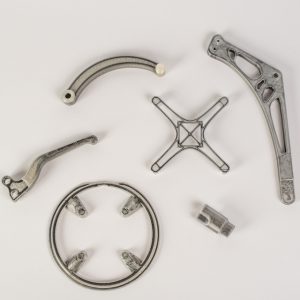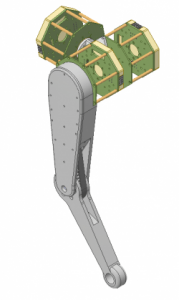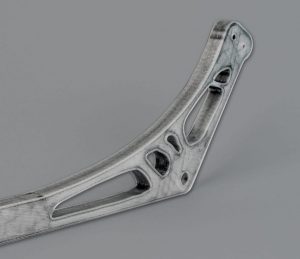- 3DGence Printers
- BigRep Printers
- WASP Printers
- Raise3D Printers
- Anisoprint Printers
- EnvisionTEC Printers
- Sintratec Printers
- 3DCeram Printers
- Nano Dimension Printers
- PostProcess Technologies
- Polyga Scanners
- Thor3D Scanners
- Raise3D Filaments
- 3DXTECH Filaments
- 3DGence Filaments
- BigRep Filaments
- EnvisionTEC Resins
- Polymer Powders
- Ceramic Pastes
Send us a Query

About Anisoprint
Anisoprint has developed anisoprinting — a technology for design and production of optimal composites through continuous fiber 3D printing.
Get the full potential of composites with the benefits of Anisoprint open system:
- Strong and lightweight
30 times stronger than plastic
7 times lighter than steel
2 times stronger and lighter than aluminium
- Optimal
Printing lattice structures: the most optimal shape for composites
Getting maximum strength spending minimum material
- Flexible
Custom trajectories of fiber laying
Freedom in materials choice: any plastic as a matrix
Composer A4 & A3
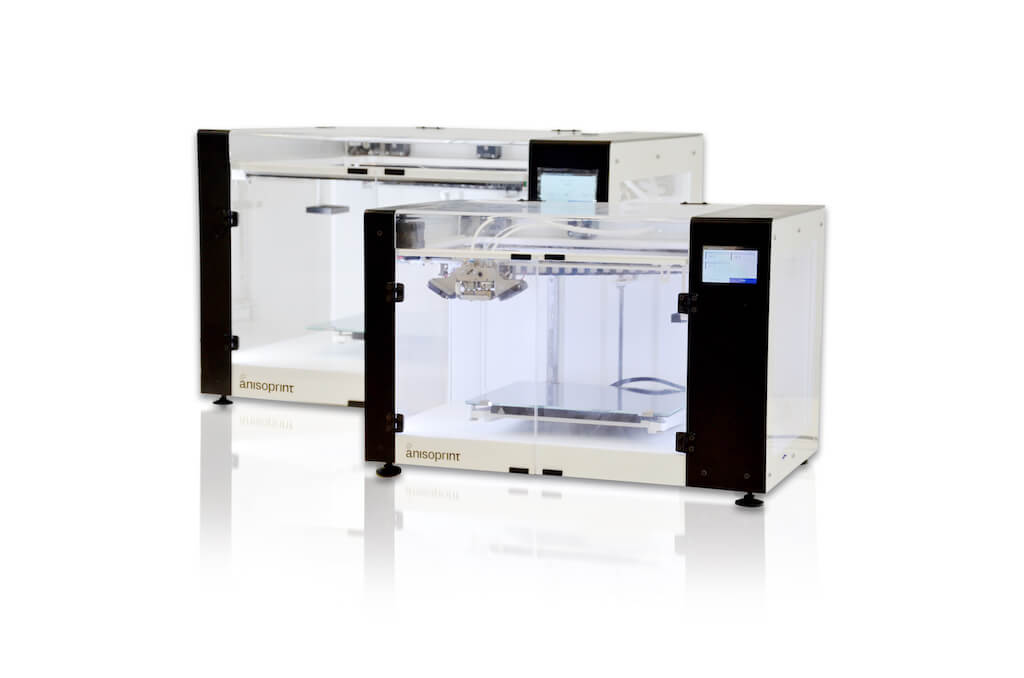
Desktop 3D printers Composer A3 & A4 for manufacturing optimized composite structures through continuous fiber 3D printing.
Continuous fiber reinforced composites with up to 900 MPa strength while low weight and perfect surface quality: available with the touch of a button.
Main Features:
Printing technology: Composite Fiber Co-extrusion (CFC) and Fused Filament Fabrication (FFF)
2 sizes: A4 297×210×147 mm & A3 420×297×210 mm build area
- Layer thickness: 60 µm
- Printing reinforced lattice structures: lower weight, price and production time
- Open material system — any plastic with processing temperature up to 270°C as a matrix (PETG, ABS, PC, PLA, PA, etc.)
- Complete control over fiber path generation
- Compared to analogues: Lower porosity — higher strength / 30-50% lower material printing costs
PROM IS 500
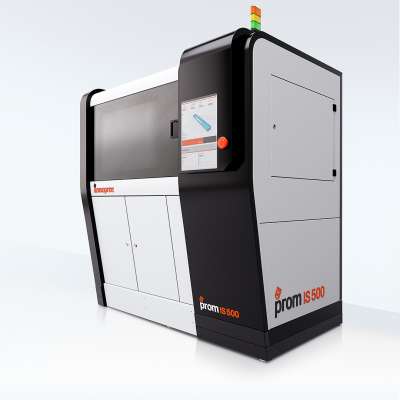
Industrial anisoprinting – easier, faster and cheaper manufacturing process with high-strength parts from continuous fiber reinforced composite.
Continuous fiber reinforced composites with up to 900 MPa strength while low weight and perfect surface quality: available with the touch of a button.
Main Features:
- Up to 4 interchangeable print heads: Composite Fiber Co-extrusion (CFC) and Fused Filament Fabrication (FFF)
- Large build volume: 600x420x300 mm
- Layer thickness, min: 60 µm
- Heated chamber temperature: up to 160°C
- High temperature plastics (up to 400°C) as a matrix (PEEK, PEI, PC, PA, etc.)
- Automatic calibration system
- Industrial CNC, industrial standards: reliability, repeatability, precision and safety
- Open system: made for 24/7 run in a factory environment
- Enclosure – stable temperature during the printing process
- Material flow control system – sensors allows the printer to control filament flow
Application cases:
